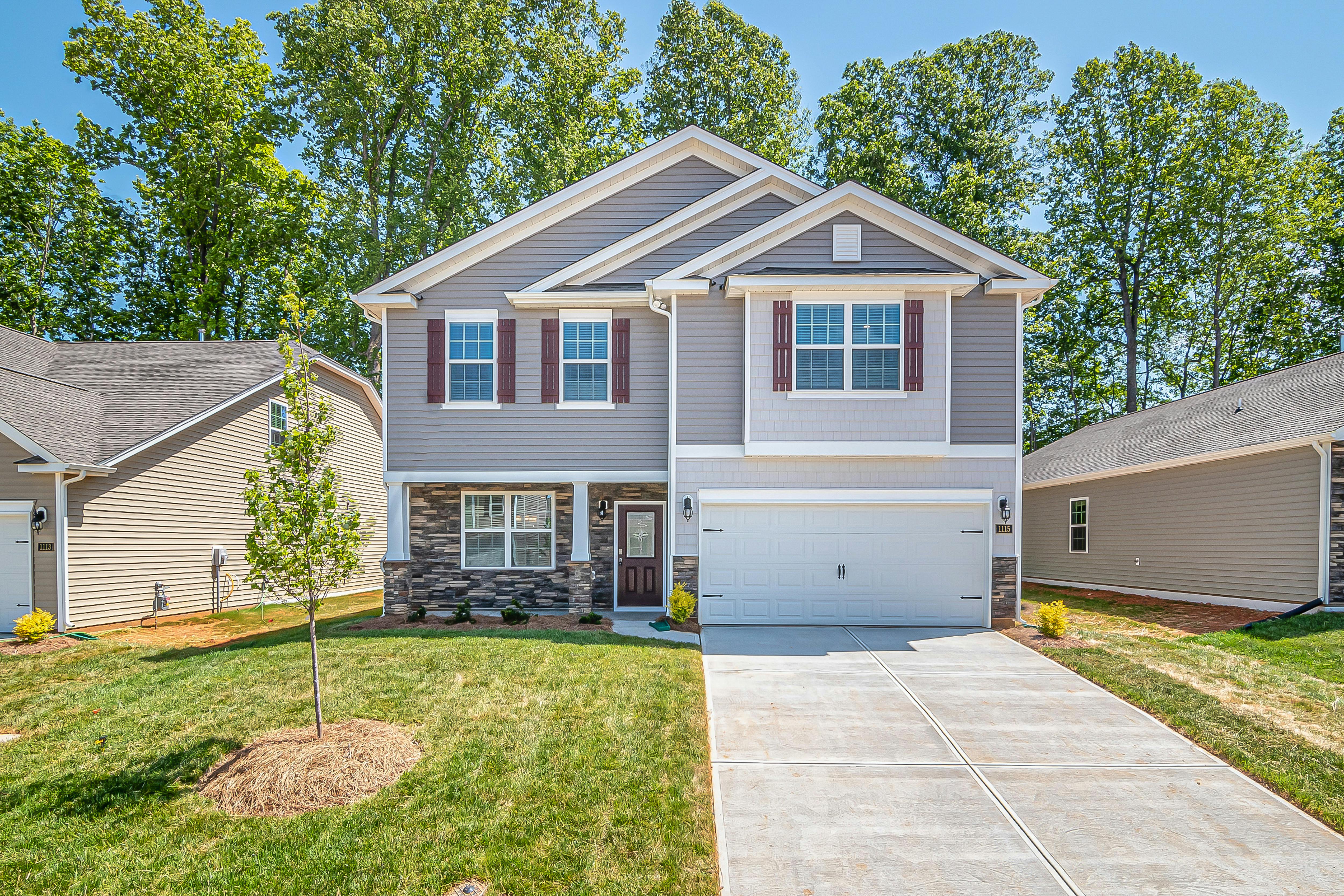The Georgian house is best described as neat and symmetrical, with a rectangular shape and formally symmetrical exteriors and interiors. Based on classic Renaissance symmetry, Georgian house plans became fashionable in New England and the southern colonies during the 18th century. The style has roots both in the classical architectural styles of ancient Greece and Rome and in the Italian Renaissance style. English settlers in America were inspired by the elaborate Georgian-style houses being built in the mother country and tried to replicate the lifestyle of the wealthy gentry back home. It became the dominant architectural style in the American colonies in the 18th century. While Georgian-style colonial homes can be found in virtually every old community on the US East Coast (formality, which was completed in 1733 and has been the home of every president of that university for three centuries).
In the southern colonies, Georgian houses were built of brick; but as you move north into New England (where brick was not as common), wood frame construction dominates. These European house plans look quite formal: they are square and symmetrical in shape, with exteriors and interiors arranged according to strict proportion and symmetry. From the centrally located main entrance, a hallway and stairway form an axis around which the interior rooms are located. Often these houses have two chimneys on a mid-sloped gabled roof with pedimented dormer windows and dentil (tooth-shaped blocks) decorating the roofline along the eaves and a centered front door with pilasters. – The flat, shallow columns found in Greek architecture. – on each side. The central door is flanked by evenly spaced double-hung windows; and are invariably two-story (one-story houses in this style are known as the Cape Cod style). Traditionally, there are five evenly spaced rectangular windows on the front of these houses. The windows are multi-paned, with nine or twelve panes on each sash, and have louvred shutters (especially in the south) that catch the breeze but keep out the sun. In the north, paneled shutters are more common, to close tightly to protect the house from high winds, snow and sleet.
When considering building Georgian country style house plans, it should be remembered that both brick and wood construction require maintenance. Wood clapboards that are not covered with vinyl siding always require periodic painting or staining. Masonry exteriors require much less maintenance, requiring only an occasional finish. The multi-pane windows characteristic of this style are not particularly energy efficient. They should fit well and need to be glazed from time to time to keep the putty soft and seal well. The slate and wood clapboard roofs used on the original Georgian buildings were actually stronger than the asphalt shingles available today, but all roofs require inspection and maintenance, even slate and clapboard ones.
